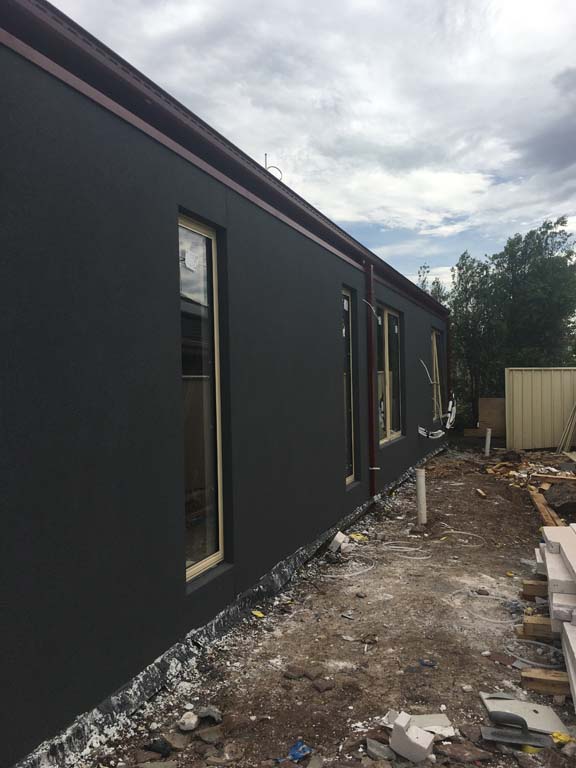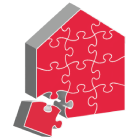
In regional Victoria, building with bushfire resilience in mind is more important than ever. As bushfire seasons grow more intense, using durable materials like fire-resistant cladding helps protect homes while meeting strict regulations. The right cladding choice gives homeowners, builders, and architects confidence in both safety and long-term peace of mind.
How Bushfire Attack Levels (BAL) Affect Cladding and Construction
The Bushfire Attack Level (BAL) is a classification system that measures the severity of a building’s potential exposure to bushfire. It considers factors such as vegetation type, slope of the land, and distance from surrounding bushland. BAL ratings range from BAL-LOW, which indicates minimal risk, to BAL-FZ (Flame Zone), which represents the highest risk with direct exposure to flames.
For cladding selection, BAL ratings are more than a guideline—they dictate the minimum construction requirements. Understanding BAL is essential, as each category defines the suitable cladding materials and installation methods needed for effective fire-resistant cladding in bushfire-prone areas.
Balancing Aesthetic & Safety: Cladding Options by BAL
While safety is paramount, many property owners also want their homes to reflect personal style. Fortunately, there are modern cladding solutions that deliver both bushfire protection and visual appeal. Below is an overview of appropriate options for each BAL category.
Low to Moderate Risk (BAL-LOW to BAL-19)
At these levels, the bushfire threat is reduced, offering more flexibility in cladding choices. However, compliance with AS 3959 remains critical.
Timber cladding options may be considered if they are bushfire-resisting species.
Non-combustible materials, such as fibre cement or metal cladding, provide added security.
Cladding should be installed at least 400 mm above ground level to reduce ember exposure.
This category allows homeowners to balance natural aesthetics with protective measures while maintaining cost efficiency.
Elevated Risk (BAL-29 to BAL-40)
Homes in these zones require cladding with greater fire resistance and strict installation standards.
• Fibre cement sheeting of at least 6–9 mm thickness is commonly used.
• Non-combustible options such as masonry, concrete, or steel cladding are recommended.
• Bushfire-resisting timber may be permitted, provided it is installed according to code.
Extreme Risk (BAL-FZ — Flame Zone)
This category is reserved for areas with the highest exposure, where cladding must withstand direct flame contact.
• Only fully non-combustible materials, such as brick, concrete, solid aluminium, or certified fire-rated panels, are suitable.
• All junctions, vents, and openings must be completely sealed with corrosion-resistant mesh.
• Products tested to AS 1530.8.2 standards should always be specified.
Discover how BAL ratings guide material choices and construction methods to create safer, bushfire-resilient homes.
Practical Implementation Tips
Selecting the right cladding is only the first step. Proper design and maintenance play a vital role in long-term bushfire resilience.
• Consult local building codes & professionals to confirm BAL and appropriate cladding.
• Design early for bushfire resilience, including emberscreening, roofs, windows, and drainage.
• Maintenance matters: Regularly inspect seals, mesh, roof-wall junctions, and cladding integrity.
• Aesthetic harmony: Offer ideas on colour, texture, and finish choices using our materials to complement the landscape while maintaining safety.
Protect Your Home with CladCor’s Fire-Resistant Cladding in Victoria
When it comes to bushfire protection, every design choice counts. By aligning cladding materials with the appropriate BAL rating, homeowners and builders can achieve the right balance of safety, compliance, and style. At CladCor, we specialise in supplying fire-resistant cladding solutions tailored to the needs of regional Victoria.
Our extensive product range, combined with expert guidance, helps ensure that every project is both bushfire-smart and architecturally refined. Contact us to explore how our cladding solutions can strengthen your next build.
Related Blog Articles:
Architectural Cladding: Durable Exterior Options for Contemporary Homes
EPS Polystyrene Cladding Systems: Energy-Efficient & Lightweight Wall Solutions

